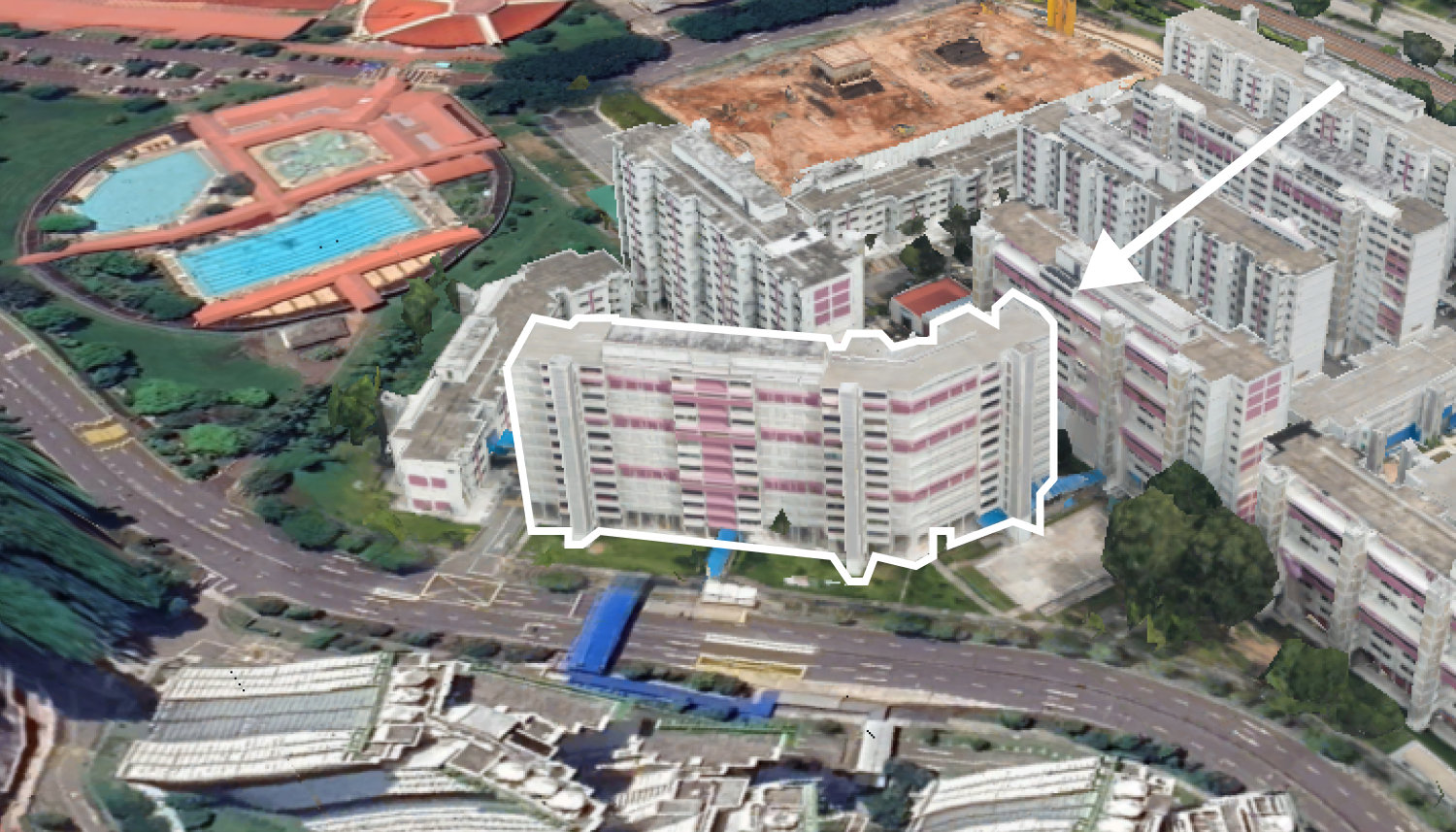5 Reasons Why Parktown Residence Sold A Record 1,041 Units During Launch
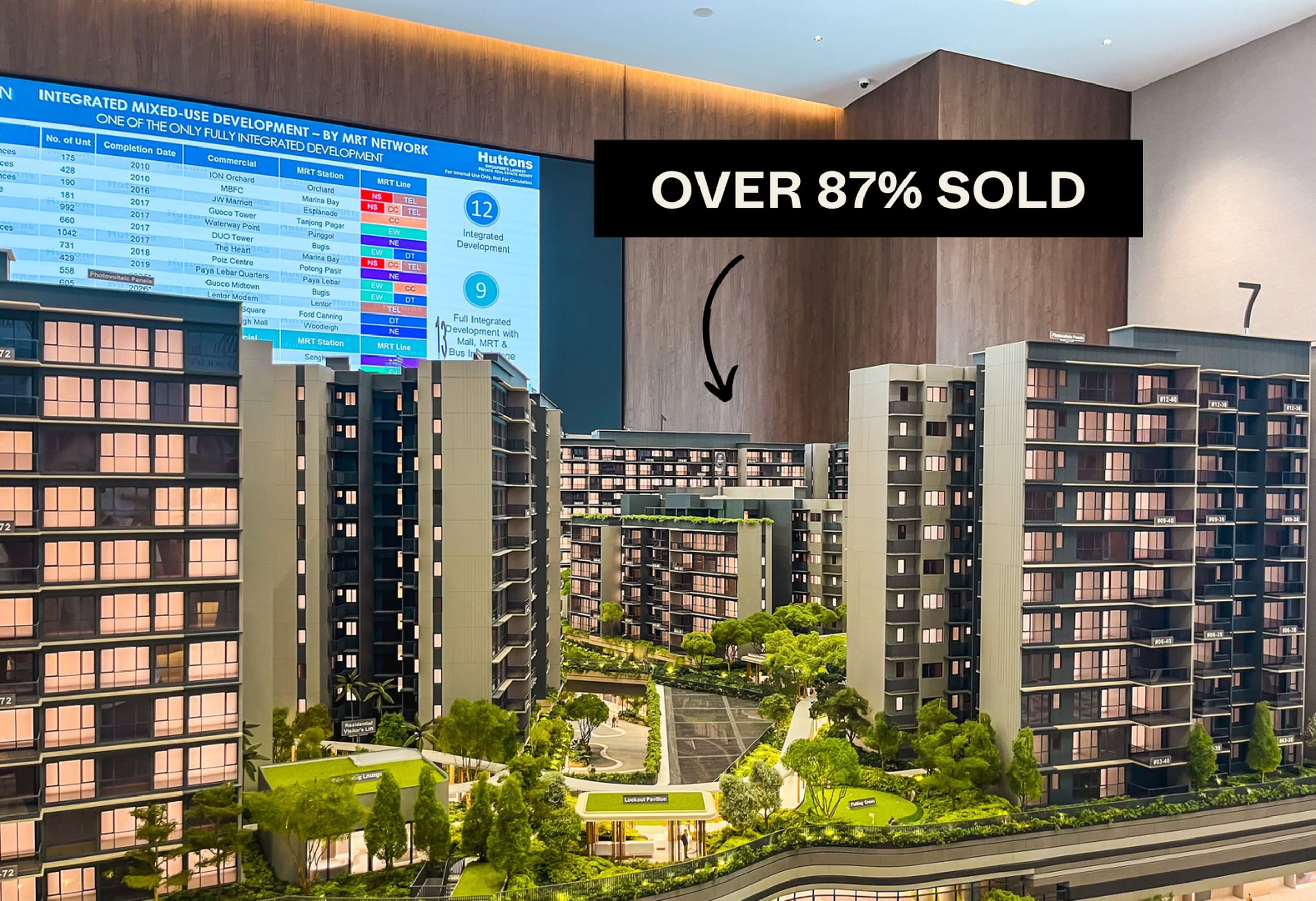
Get The Property Insights Serious Buyers Read First: Join 50,000+ readers who rely on our weekly breakdowns of Singapore’s property market.
A seasoned content strategist with over 17 years in the real estate and financial journalism sectors, Ryan has built a reputation for transforming complex industry jargon into accessible knowledge. With a track record of writing and editing for leading financial platforms and publications, Ryan's expertise has been recognised across various media outlets. His role as a former content editor for 99.co and a co-host for CNA 938's Open House programme underscores his commitment to providing valuable insights into the property market.
Parktown Residence is set to change Tampines North, and it has two qualities Singaporeans love: it’s a mega-development, and it’s integrated. But while it was always going to be popular, most people wouldn’t have predicted the mad rush during its launch weekend, when the developer managed to move around 87 per cent of its units (1,041 of 1,193 units). Here’s why it happened:
The first mega-integrated development in Tampines
For the full review of Parktown Residence, see here. This integrated development will likely constitute the hub of Tampines North once built; right now the area mostly consists of new flats, and the cluster of IKEA, Courts, and Giant. Once Parktown Residence is up, it will connect to the Tampines North MRT Station (CRL), bring in a bus interchange, and a mall component with around 120 shops.
Here’s why Parktown Residence saw such strong numbers:
1. First-mover advantage, and a mega-integrated project
Parktown has a trifecta of key qualities. First, it’s a mega-development. These have grown in popularity, since the rise of projects like Parc Clematis, Normanton Park, Treasure at Tampines, etc. (we have some details on mega-developments’ successes here). The combination of lower maintenance costs, coupled with stronger price support from transaction volume, makes 1,000+ unit projects a bigger draw today.
Then there’s the allure of integrated developments, which have also shown to be major crowd-pullers. Here’s a quick snapshot of some of the previous integrated developments, and how well they fared during launch weekend:
| Integrated Development | % Sales at launch |
| The Reserve Residences | 71% |
| Lentor Modern | 84% |
| Canninghill Piers | 77% |
| Midtown Modern | 61% |
| Pasir Ris 8 | 85% |
Finally, Parktown Residence is a first mover. Tampines North is a new township: there’s little in the area at the moment, barring the IKEA/Giant/Courts cluster nearby. Parktown Residence is a major upgrade to the area, and its mall, food court, shops, etc. will be the hub of a new town. We could liken it to projects such as Watertown (Waterway Point) and North Park Residences (Northpoint City). Both of these successful integrated projects were also the first major amenities in their neighbourhood, and have good track records.
It’s not every day that you find a new launch which meets all three qualities at once, and the market seems to recognise this.
2. It’s easy to find another unit on a similar floor
Parktown Residence isn’t particularly tall, with residential blocks ranging from eight to 13 storeys.
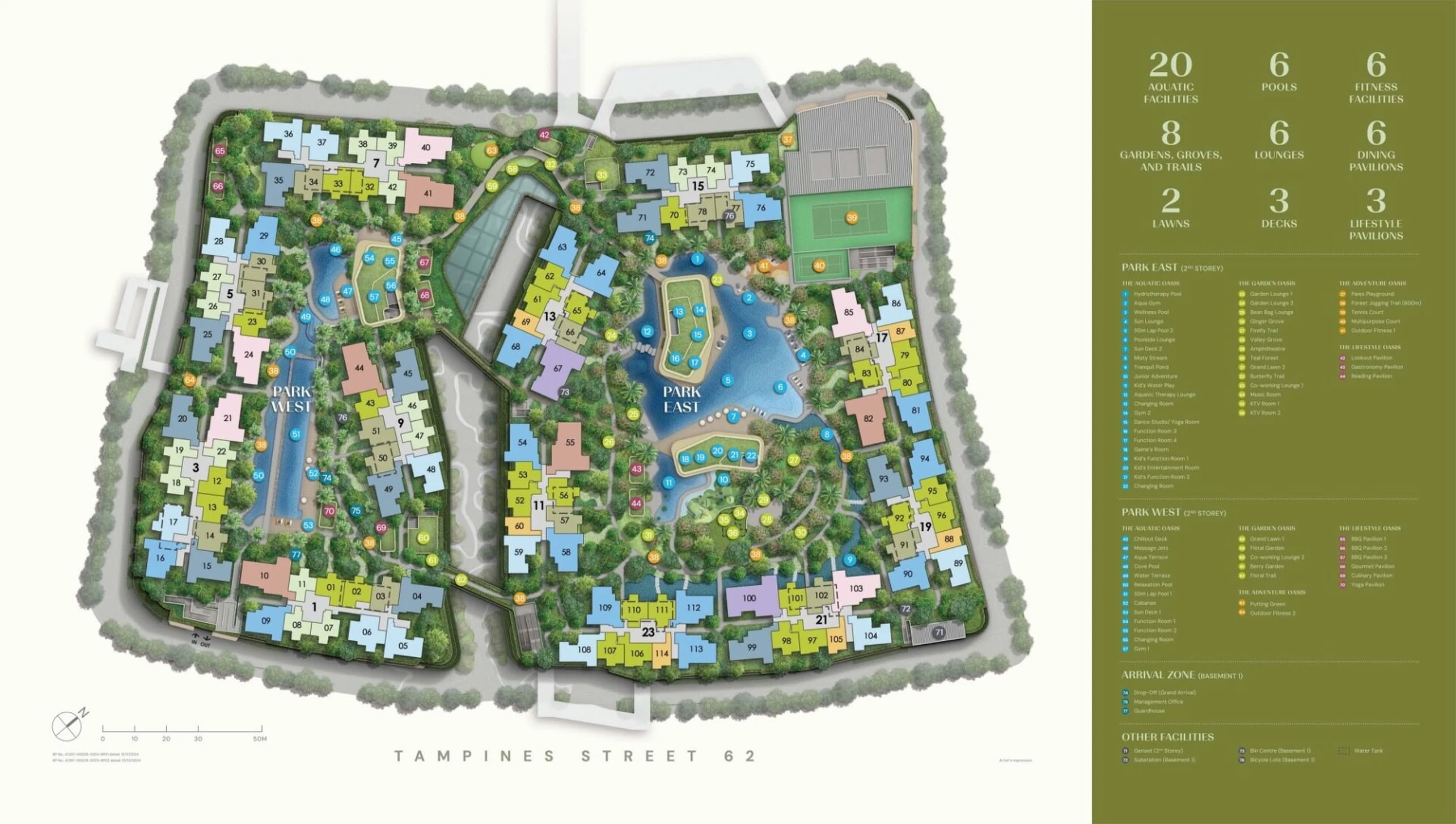
This makes a big difference compared to having all the units stacked in one tall tower.
For example, say all the units were stacked in a single tower that’s 30 or more floors: if you miss out on a unit on one floor, your only replacement may be on a much higher floor, and thus incur a much higher quantum.
But Parktown Residence is dispersed among the 12 blocks. Even if you miss a 10th-floor unit in one block, you may be able to find a 10th-floor unit (or close to it) in another block. This ends up being a big advantage for the development, as there’s a bigger pool of buyers who can still find what they want (which ended up with a higher conversion rate for the developer).
3. The current lack of options in the resale market
We’ve covered this in an earlier article: there are relatively few resale options right now, as the cost of a replacement property is high. This could drive more buyers into the new launch market.
More from Stacked
The Hidden Risks Of Buying A Landed Home In Singapore: 6 Renovations That Could Be Illegal
Imagine discovering that part of your home—say, your driveway or even your swimming pool—was never supposed to be there.
It also helps that Parktown Residence’s quantum often hits the “sweet spot.” The 2+1 bedder units, which can almost be enough for small families, often have a quantum of around $1.8 million. Being below $2 million is eye-catching in the new launch market right now, and is within the affordability range of HDB upgraders.
Those who missed previous opportunities in Tampines have probably learned – and accepted – that prices here have a strong upward trend. This could have incentivised them to seize a unit at below $2 million, before prices climb even higher.
4. The nearby ECs didn’t have the expected deterrent effect
A common worry about Parktown Residence is the presence of two ECs nearby: Aurelle of Tampines and Tenet (you can see some details here). In theory, these could provide serious competition at the point of resale.
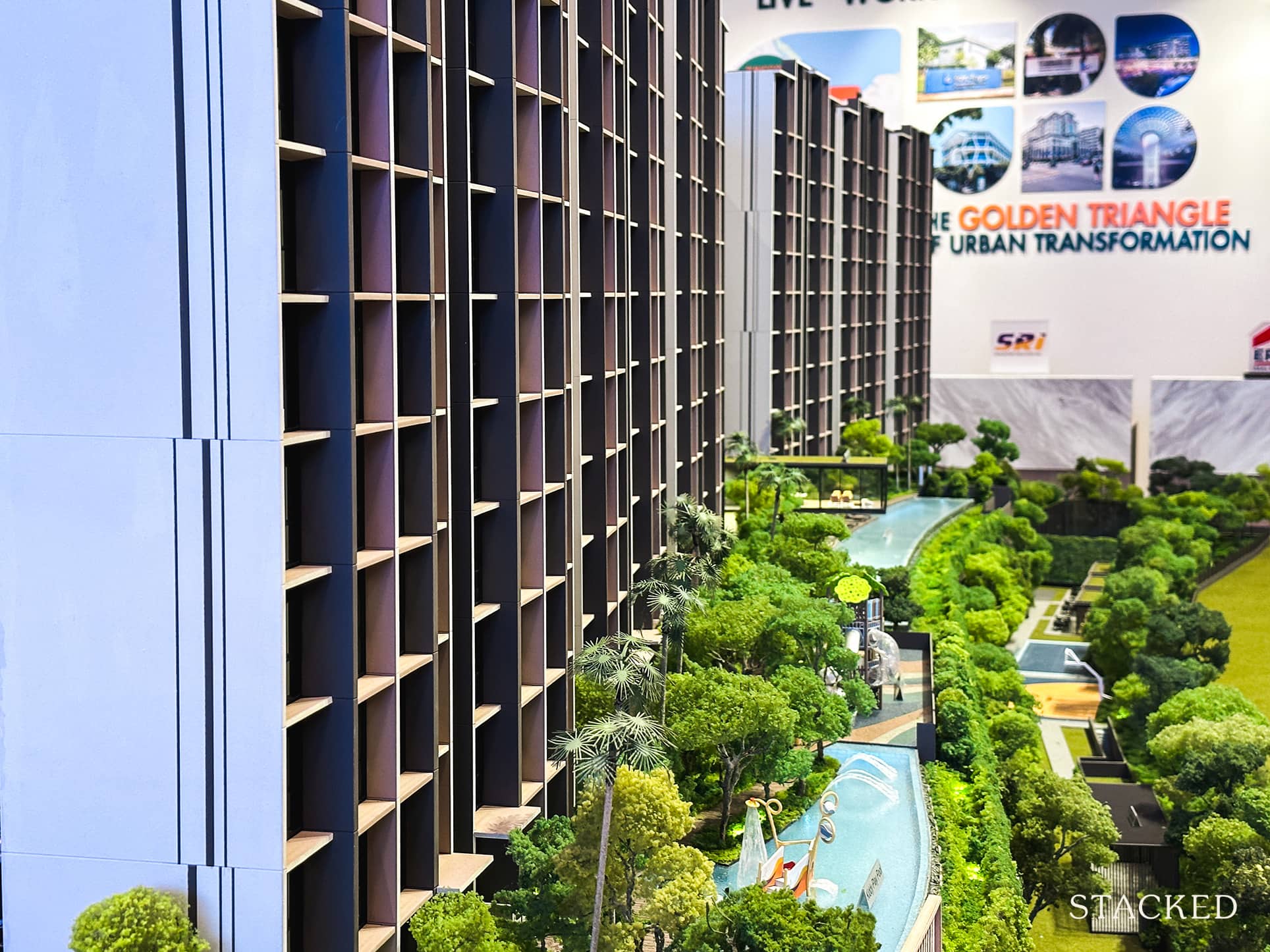
Aurelle of Tampines, for instance, is selling at an average of $1,651 psf. If someone buys Parktown at $2,360 psf, or a peak-price unit at $2,700+ psf, how is it then going to compare to Aurelle? The asking price needed to see a decent gain at Parktown Residence will be significantly higher than the nearby ECs. If anything, the price point of Parktown Residence would be more advantageous for buyers of Aurelle in the future.
There is an enclave of new flats nearby (e.g., Tampines Greenglade, which was launched in 2020 and recently completed). This should provide a pool of potential upgraders – but when confronted with the price difference between Aurelle, Tenet, and Parktown Residence, it’s more predictable that the price point of Parktown Residence will bring up the prices of Aurelle and Tenet instead.
But this doesn’t seem to have deterred buyers as expected. This could reflect the current trend in the market: buyers are now overwhelmingly owner-occupiers, focused on lifestyle needs rather than absolute future gains.
5. The developers opted not to raise prices partway
A credit to Parktown’s developers is that, despite the strong showing, we didn’t see significant price hikes.
Parktown Residence’s launch used a placement system, where ballot numbers are used to determine who gets priority. One reason for using this system is to create a sense of FOMO or urgency: as people see desired units sell out, they become more determined to buy, or to buy the closest replacements if they miss out. Some developers use this opportunity to raise prices, as availability runs out.
This didn’t happen at Parktown Residence’s launch, even though the show flat was packed. It is plausible that some buyers here may have expected a Pasir Ris 8 scenario, and when that price increase didn’t happen they were more inclined to buy. Perhaps it was wise to play it safe though, and keep prices at a level the buyers clearly found palatable. Had they raised prices, perhaps the momentum wouldn’t have returned after that.
Parktown Residence’s launch was still a surprise
While interest was expected, most of the realtors and market watchers we spoke to were caught off-guard. Expectations were around 60 to 65 per cent units sold, rather than a near sell-out.
It does seem like many of us underestimated the demand for a Tampines location, even if it’s not in Tampines Central itself; and the sales teams of Aurelle and Tenet are probably feeling even more confident now.
For more on the Singapore property market, as well as in-depth reviews of new and resale properties alike, follow us on Stacked. If you’d like to get in touch for a more in-depth consultation, you can do so here.
Ryan J. Ong
A seasoned content strategist with over 17 years in the real estate and financial journalism sectors, Ryan has built a reputation for transforming complex industry jargon into accessible knowledge. With a track record of writing and editing for leading financial platforms and publications, Ryan's expertise has been recognised across various media outlets. His role as a former content editor for 99.co and a co-host for CNA 938's Open House programme underscores his commitment to providing valuable insights into the property market.Read next from Editor's Pick

Property Market Commentary When Renting In Singapore Is The Smarter Move — And Buying Can Wait
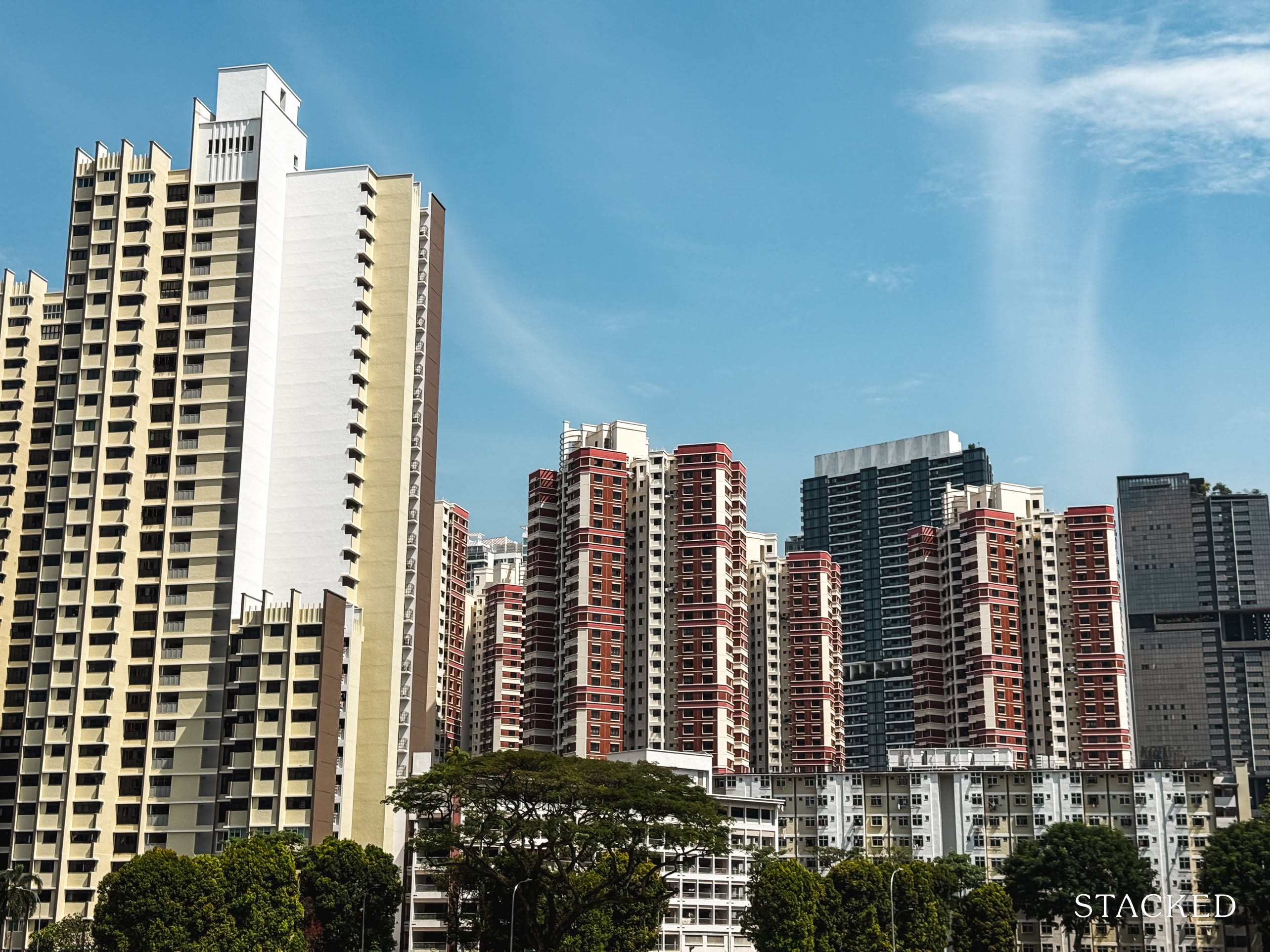
Property Market Commentary A Wave Of New HDB Resale Supply Is Coming In 2026: Here’s Where To Find Them
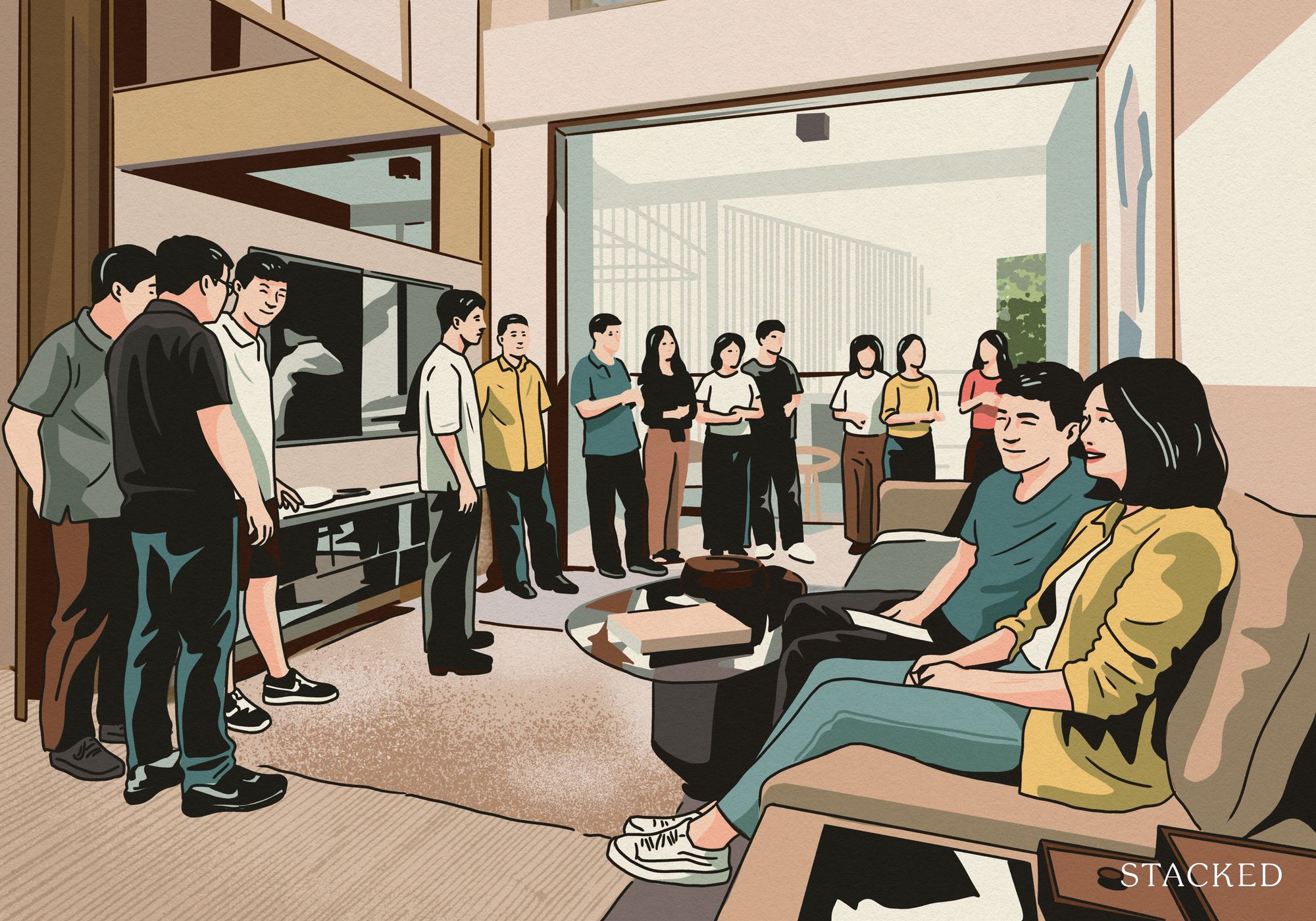
Property Market Commentary 5 Key Features Buyers Should Expect in 2026 New Launch Condos
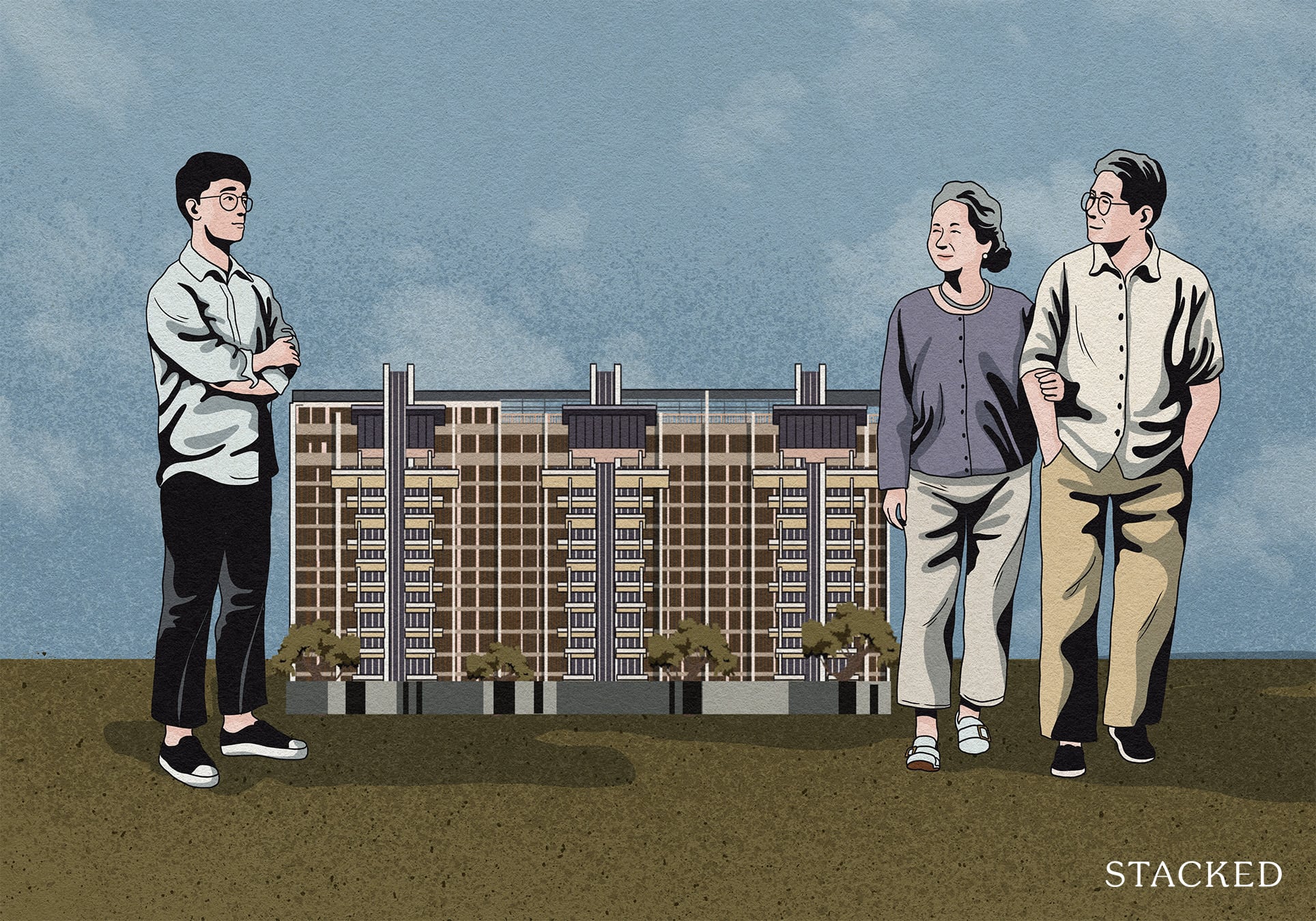
Property Market Commentary What “Lucky” Singaporean Homebuyers Used To Get Away With — That You Can’t Today
Latest Posts
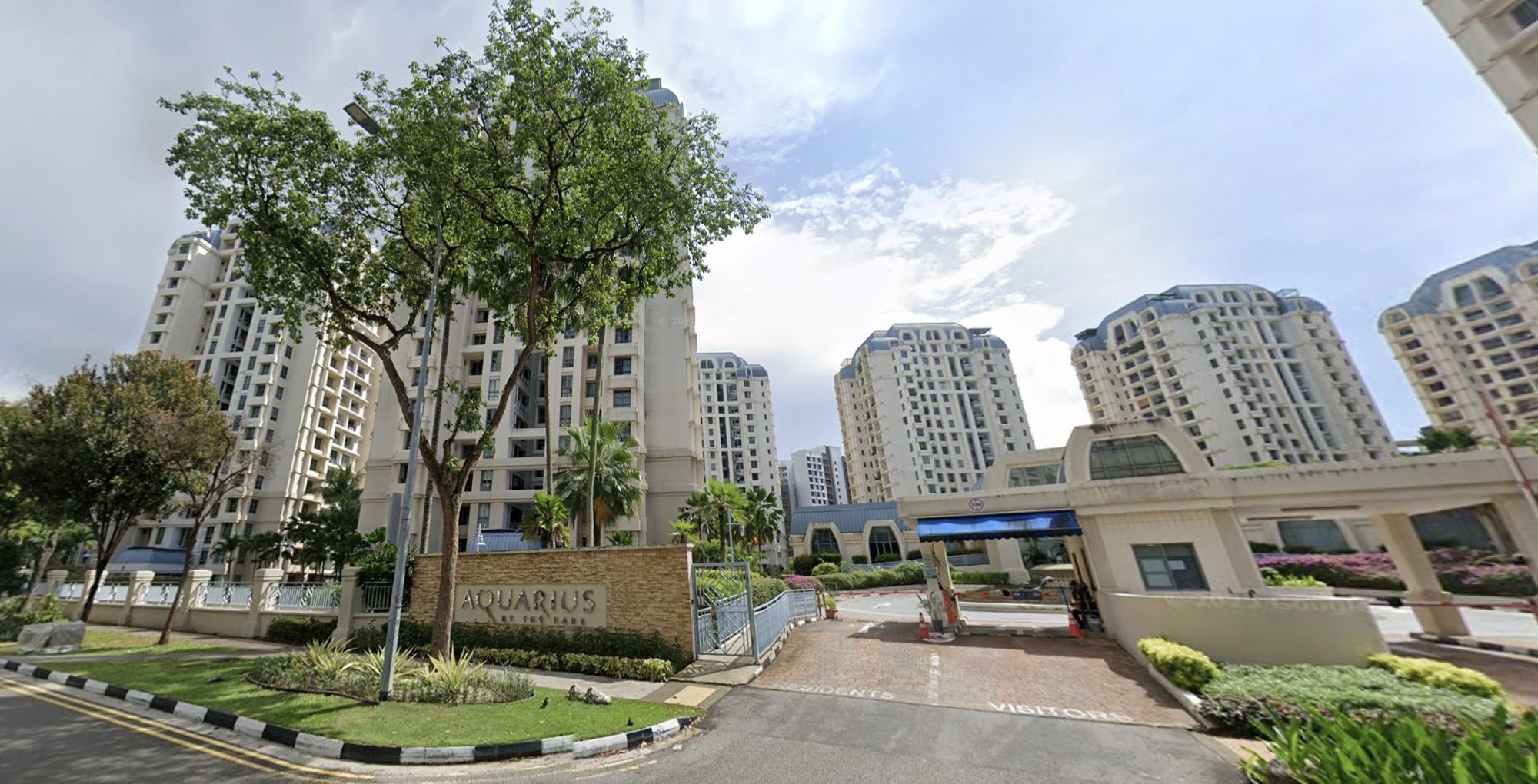
Pro How A Once “Ulu” Condo Launched In 1997 Became A Top Performer
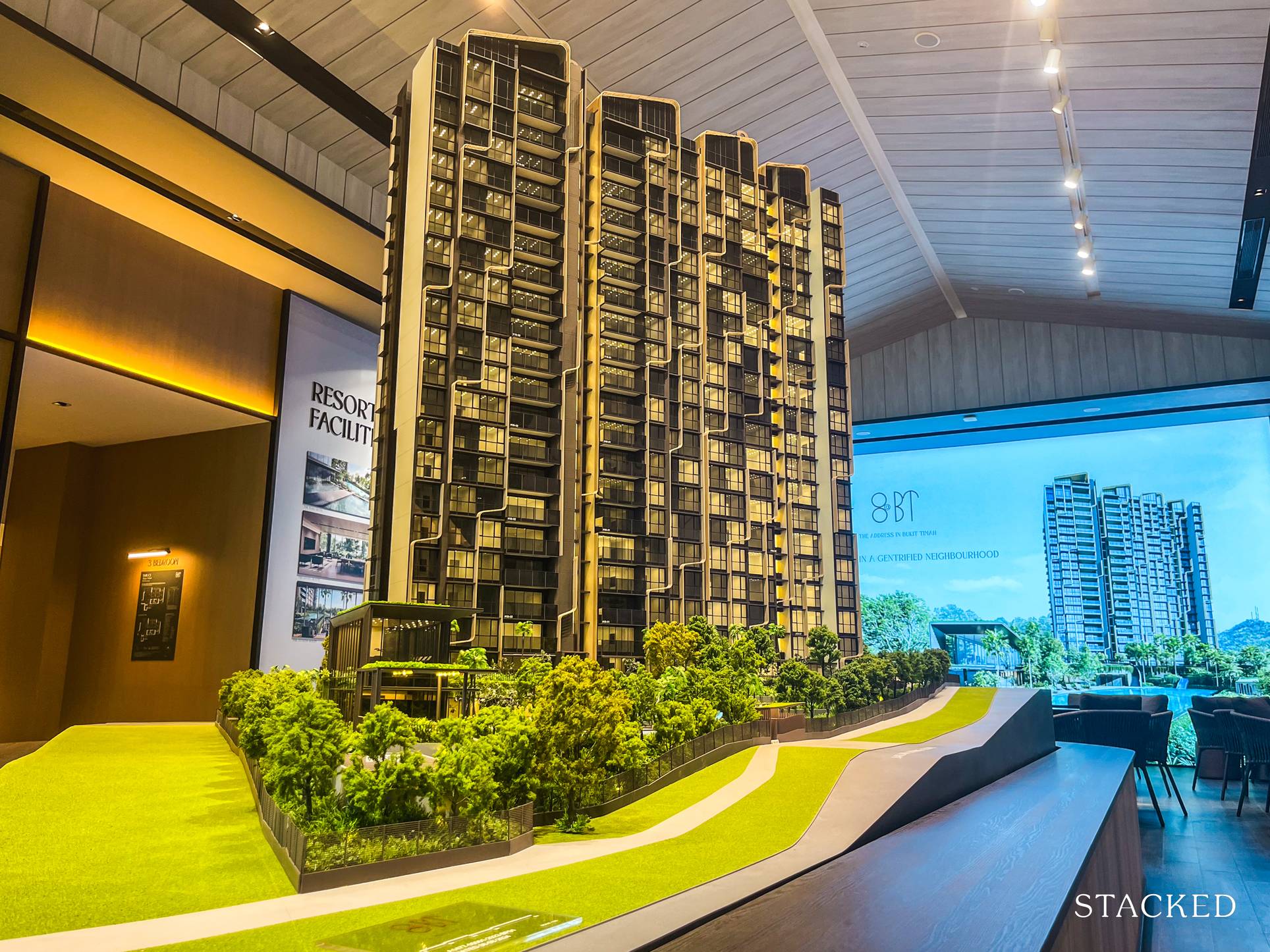
New Launch Condo Analysis I Reviewed A New Launch 4-Bedroom Penthouse At Beauty World
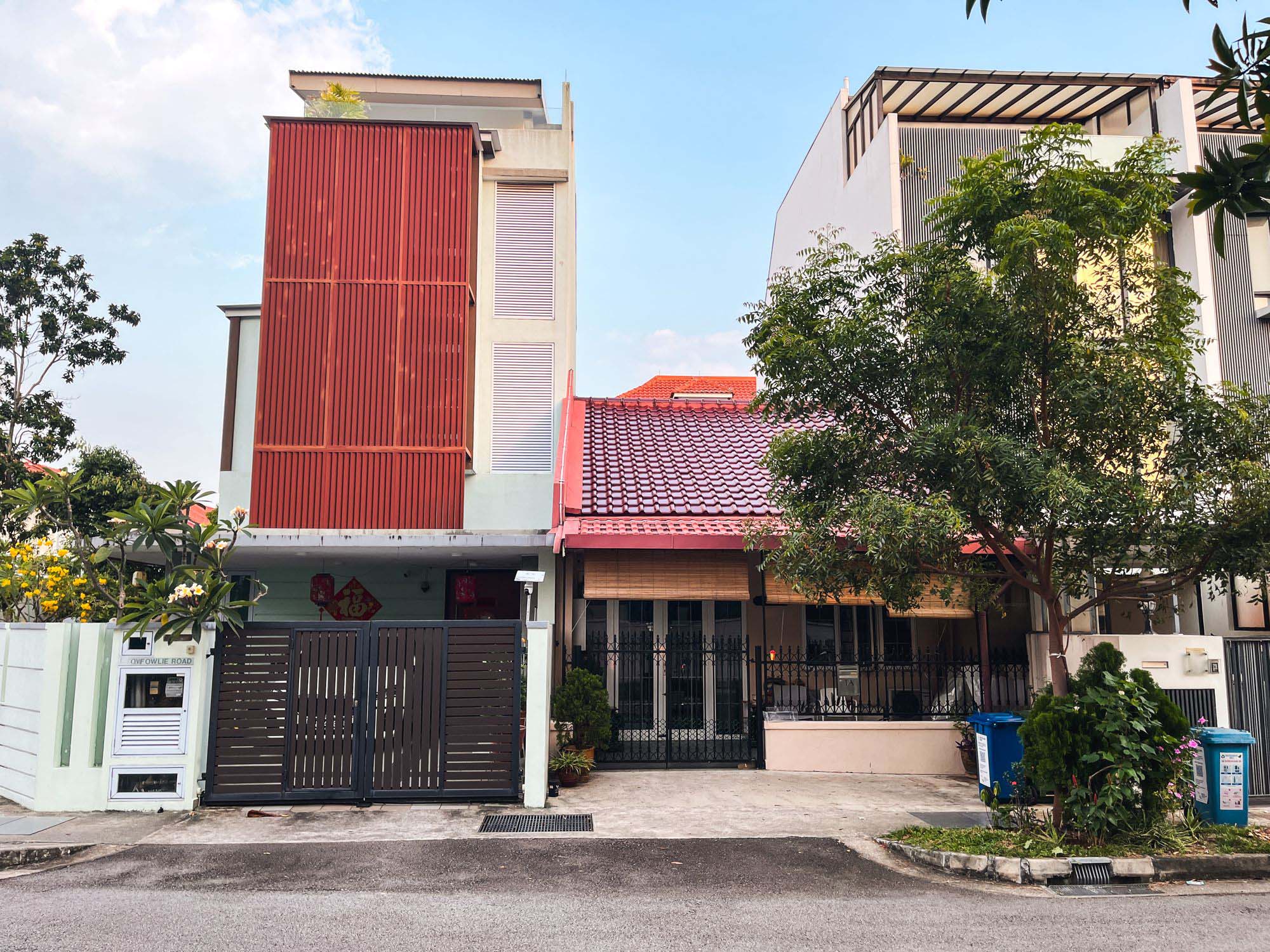
Landed Home Tours Why Singaporean Families Are Looking At This Landed Enclave From Around $4M
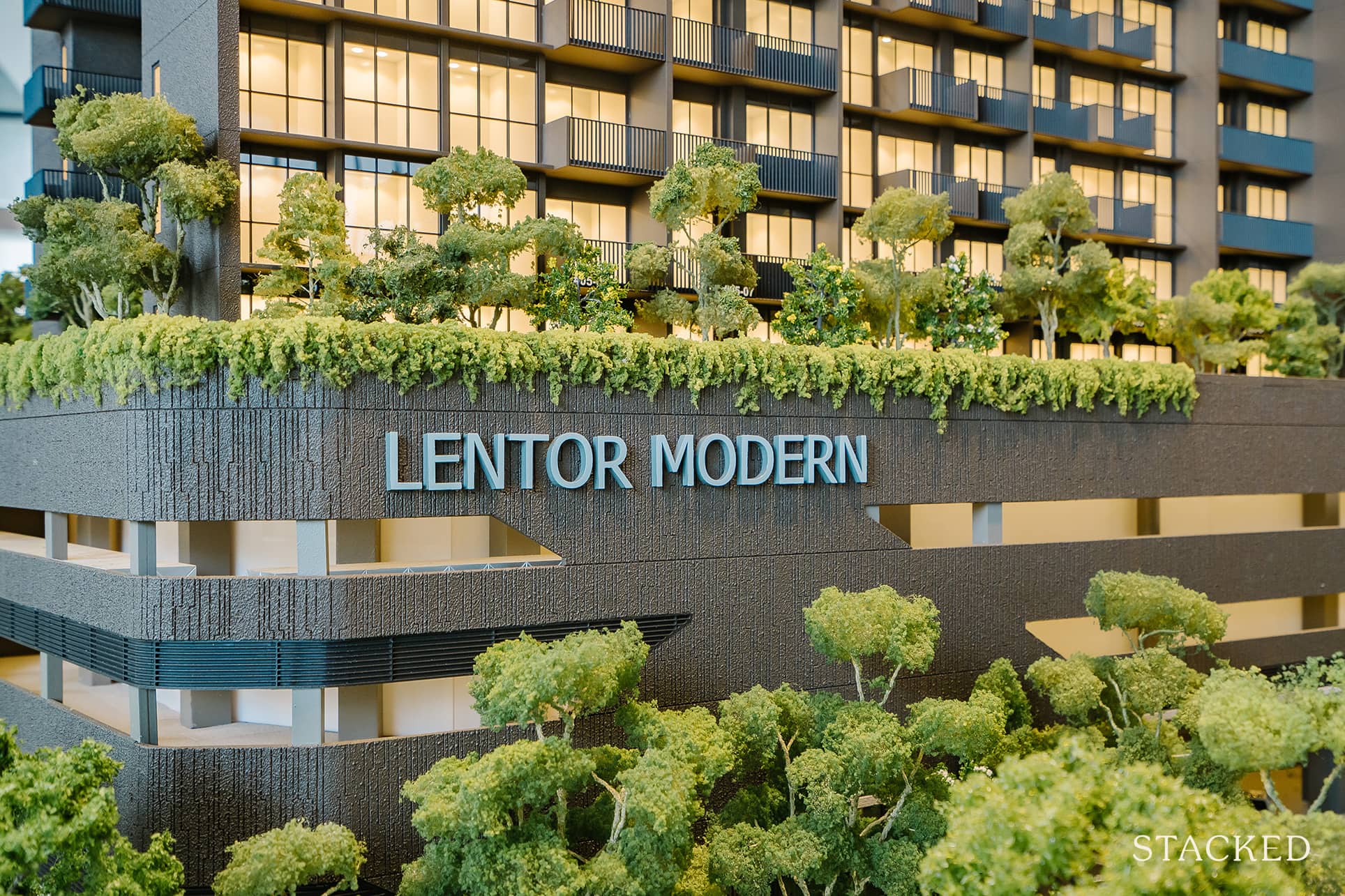
Singapore Property News Lentor’s First Condo Is Complete — The Early Profits May Surprise You

Property Advice We Own A $800K 1-Bedder And A $1.1M 3-Bedder: Is It Possible To Upgrade To A 4-Bedder Condo?
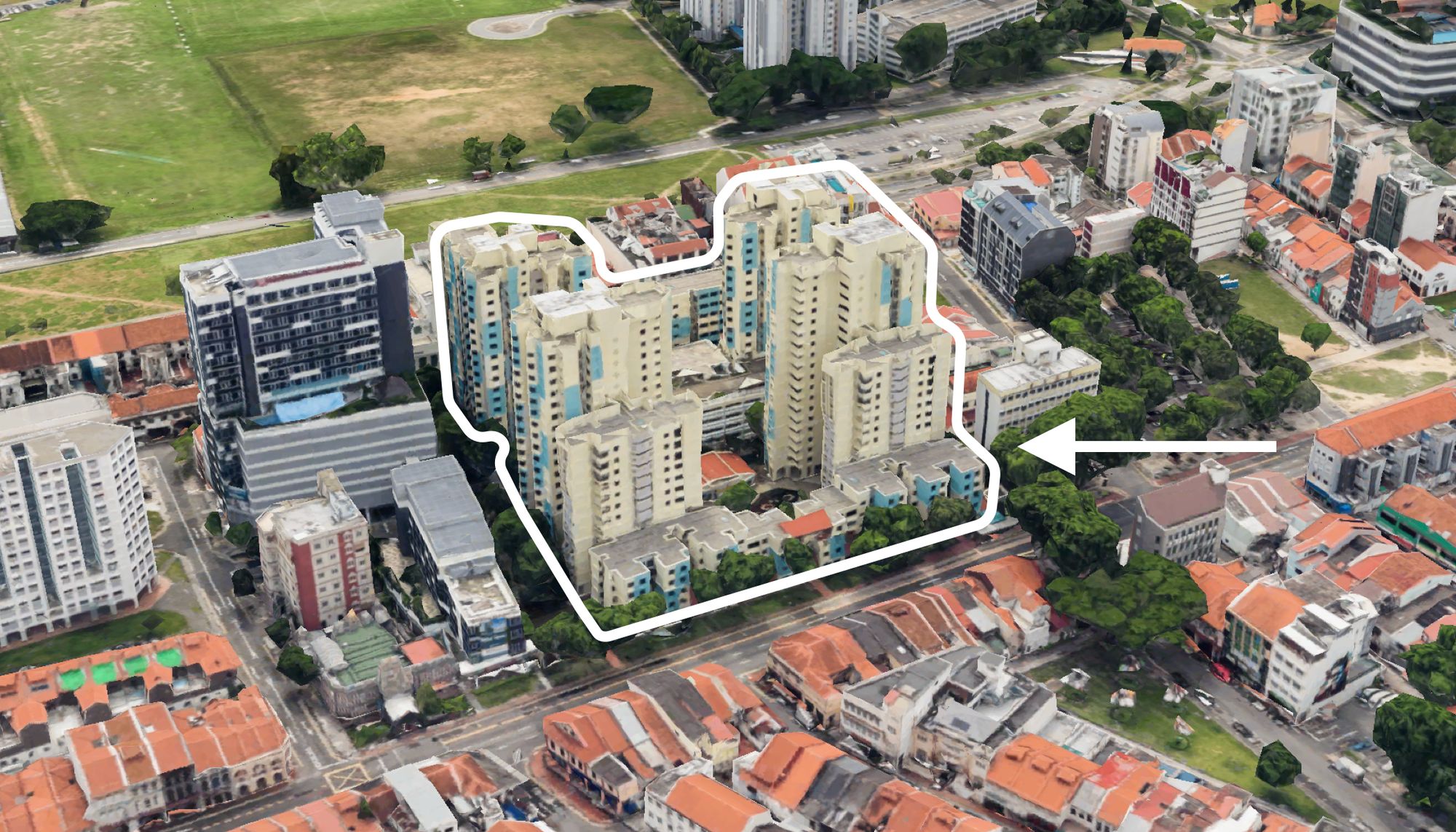
On The Market These Are Some Of The Cheapest 5-Room HDB Flats Left In Central Singapore
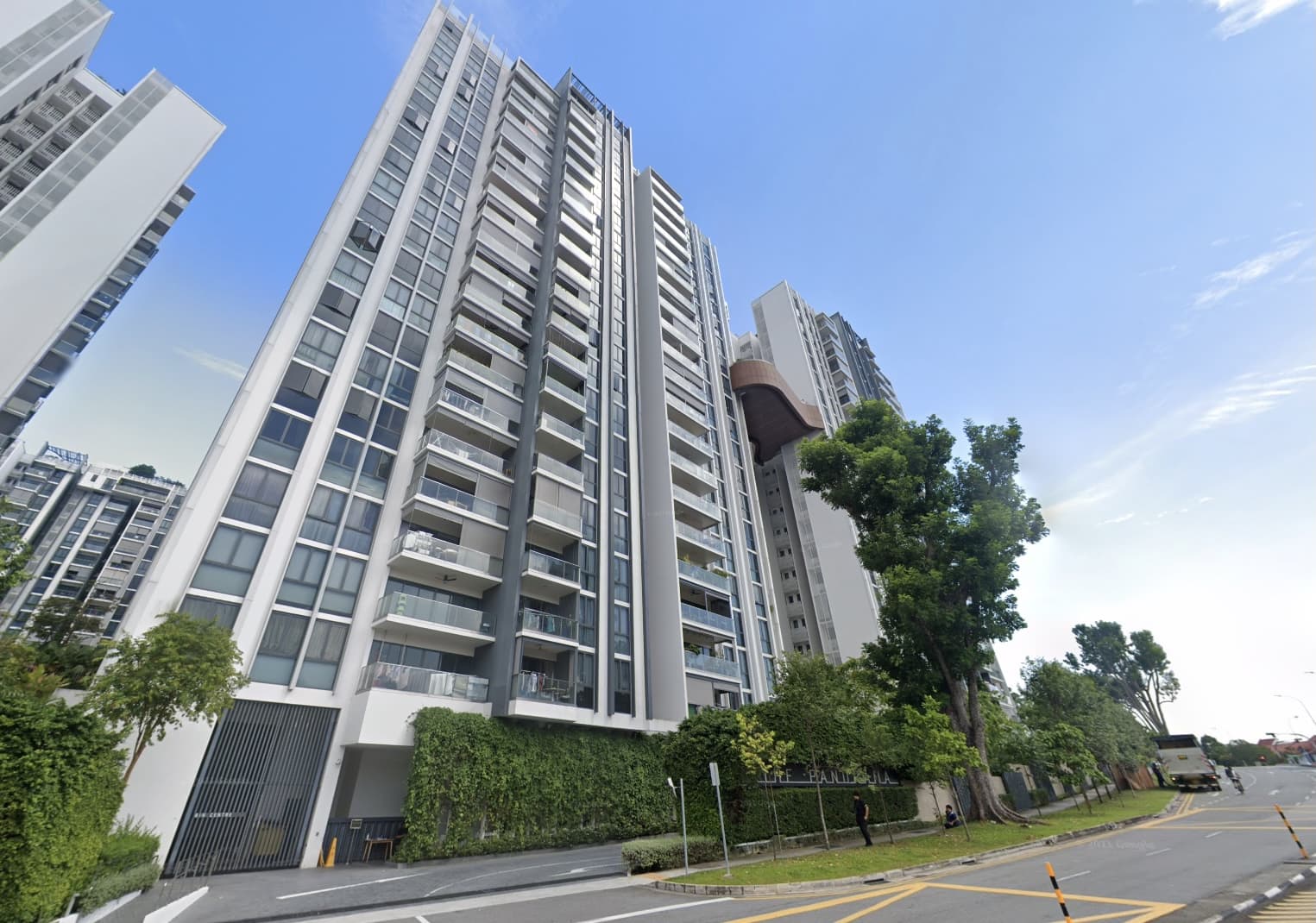
Pro This 698-Unit Ang Mo Kio Condo Launched At The Wrong Time — And Still Outperformed Peers
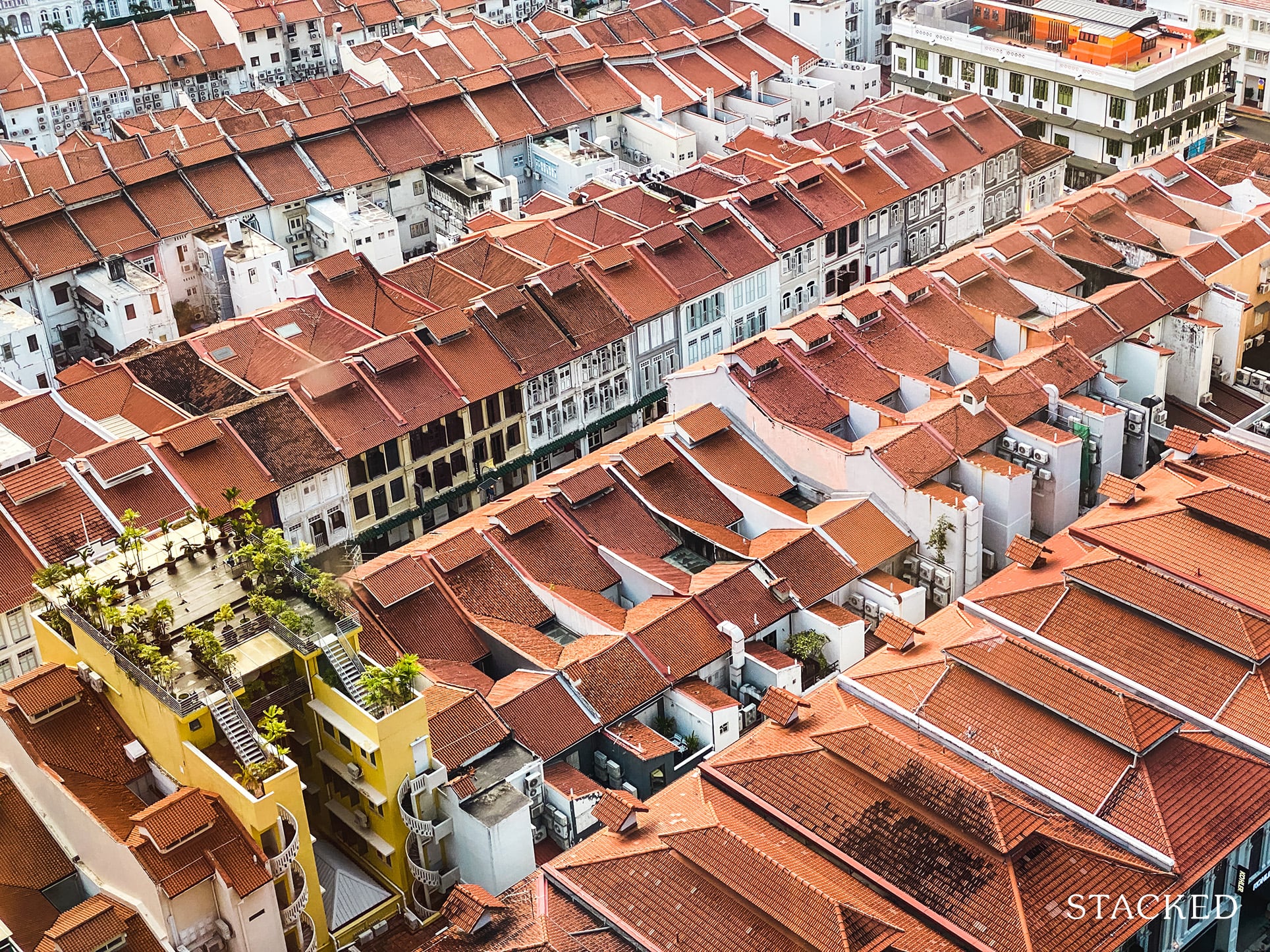
Singapore Property News $281.2M in Singapore Shophouse Deals in 2H2025 — But That Number Doesn’t Tell the Full Story
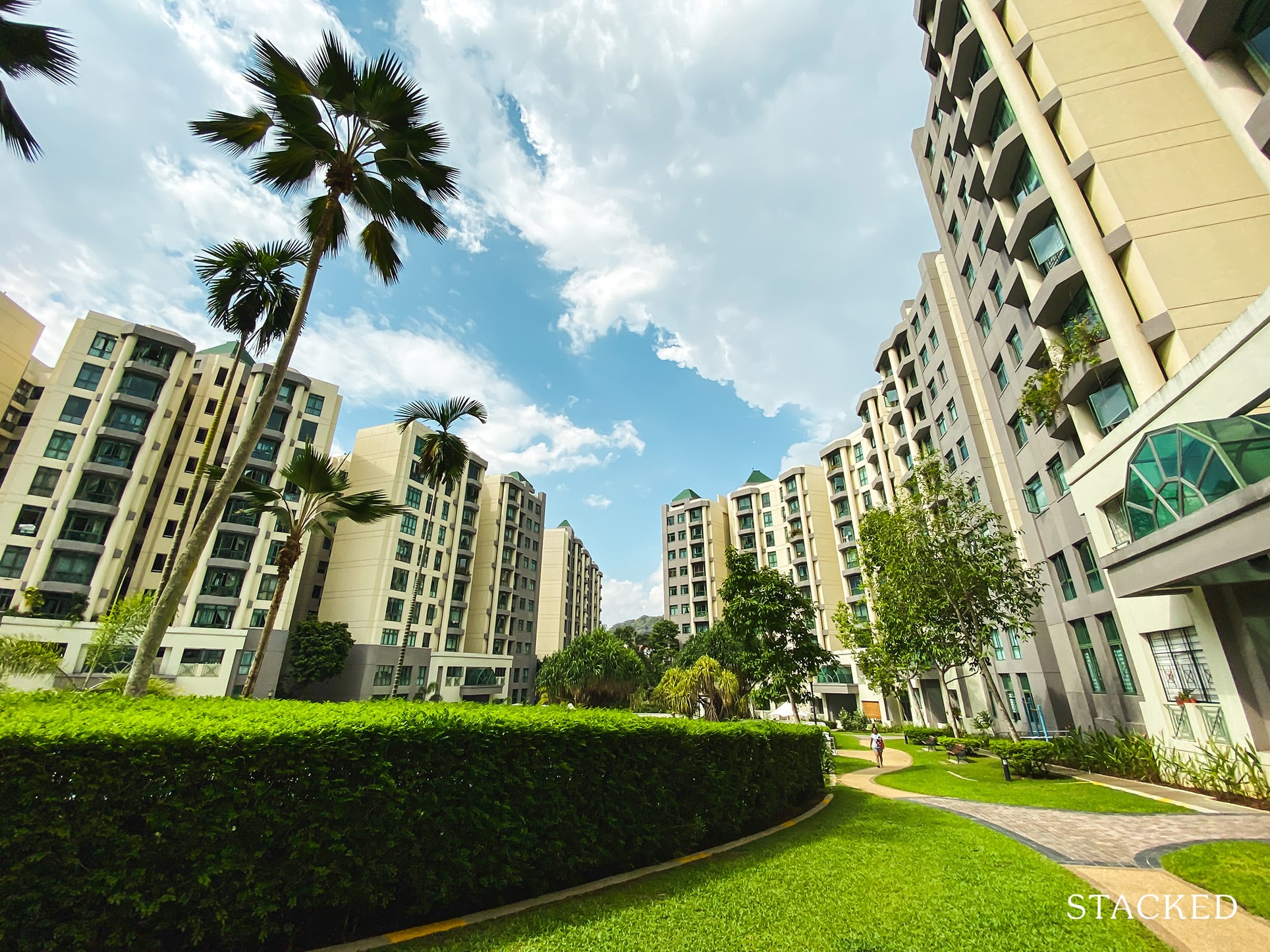
Property Investment Insights These Resale Condos In Singapore Were The Top Performers In 2025 — And Not All Were Obvious Winners

Singapore Property News CapitaLand–UOL’s $1.5 Billion Hougang Central Bid May Put Future Prices Above $2,500 PSF
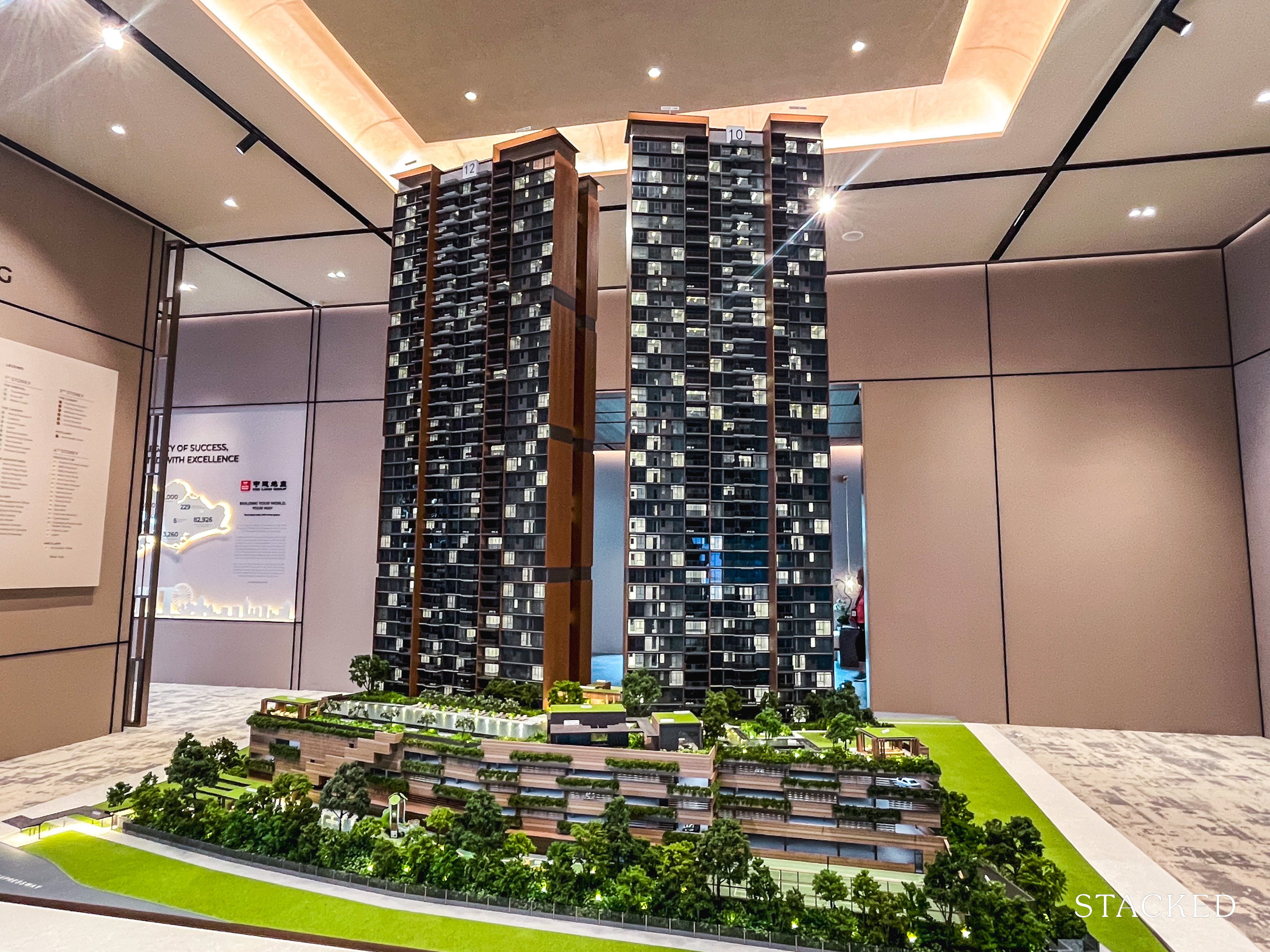
Singapore Property News Why New Condo Sales Fell 87% In November (And Why It’s Not a Red Flag)

Pro How A 944-Unit Mega-Condo In Pasir Ris Ended Up Beating The Market
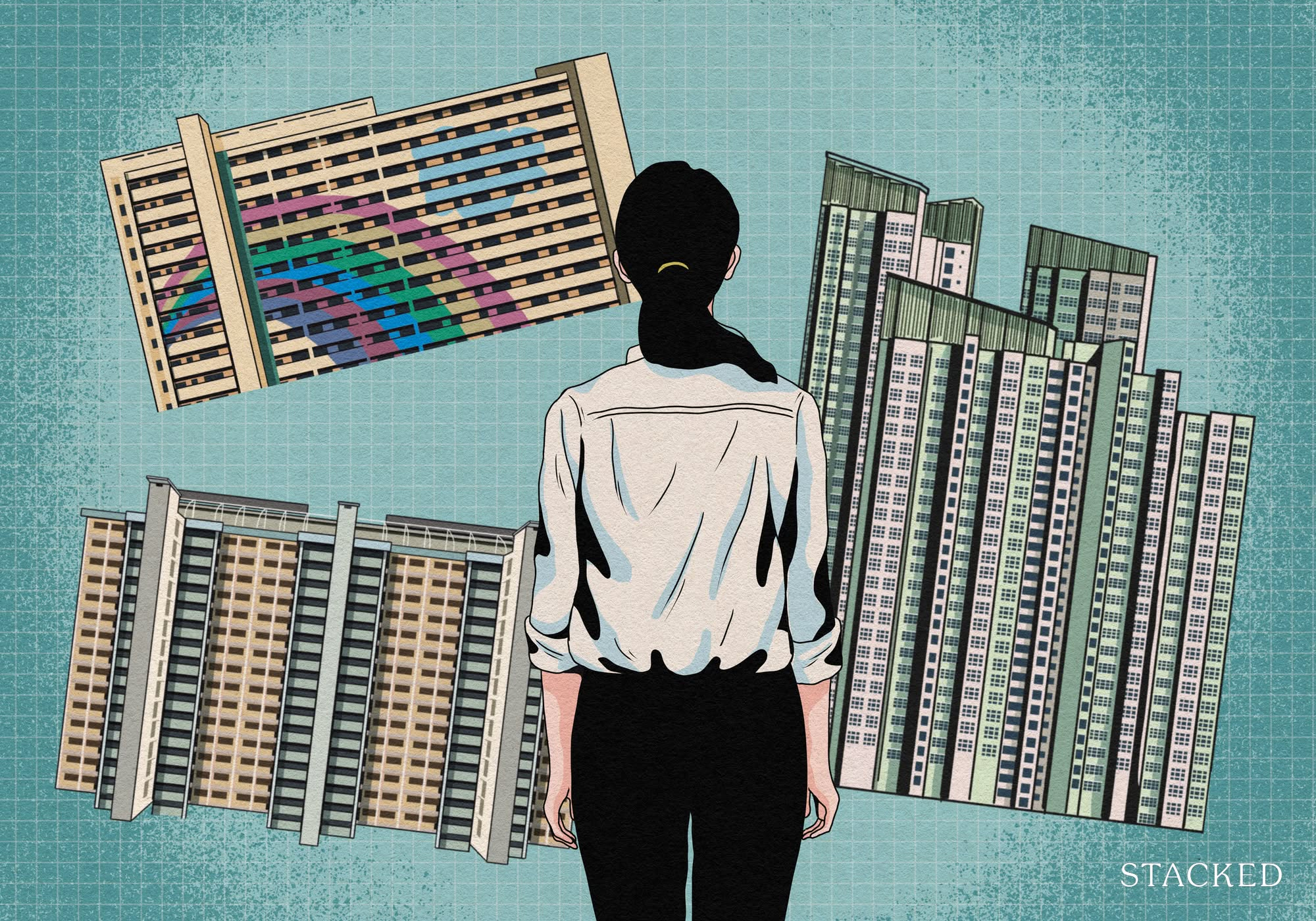
Property Investment Insights What Changed In Singapore’s Property Market In 2025 — And Why It Matters
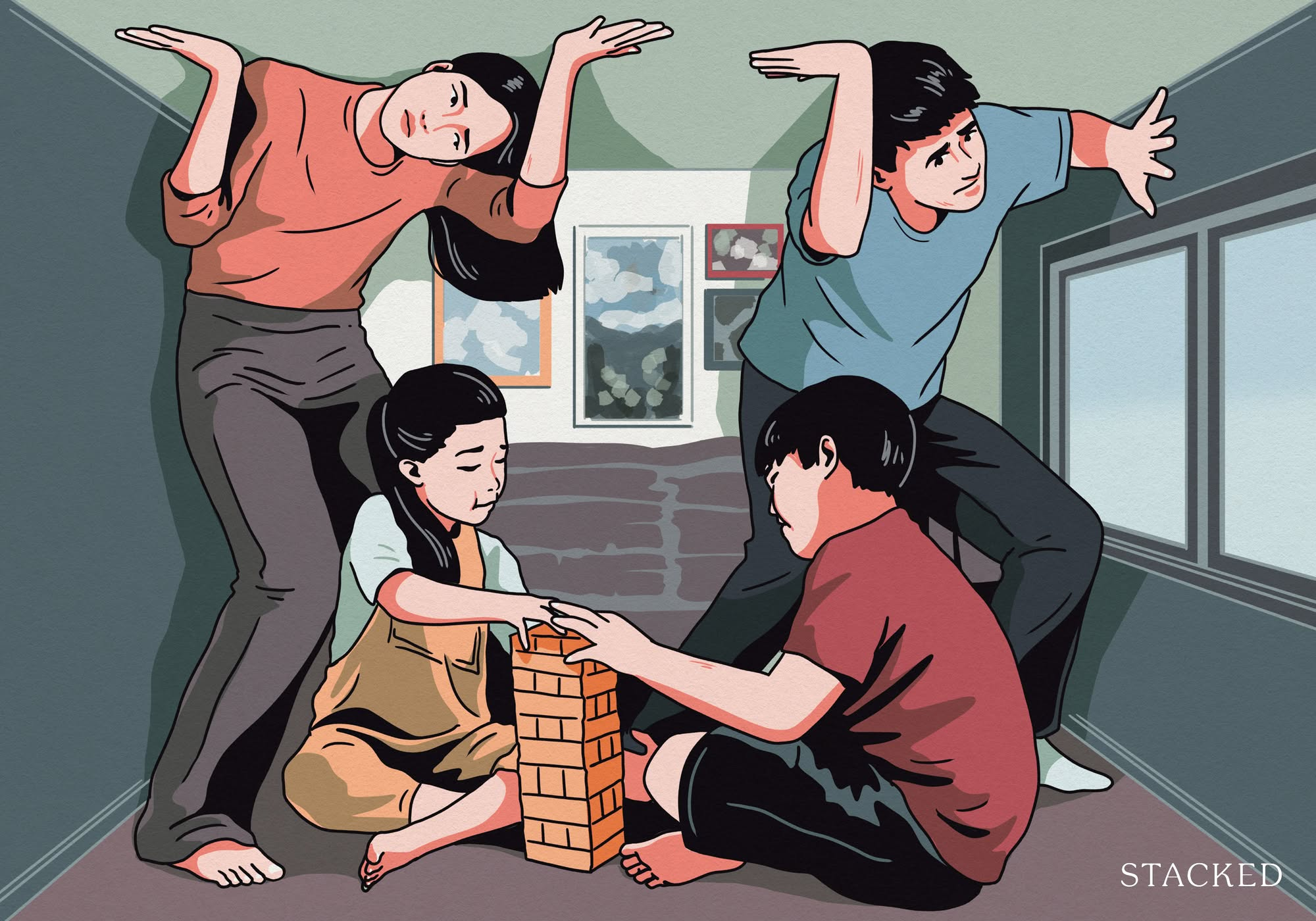
Singapore Property News How Much Smaller Can Singapore Homes Get?

Pro How Much More Should You Really Pay for a Higher Floor or Sea View Condo?
